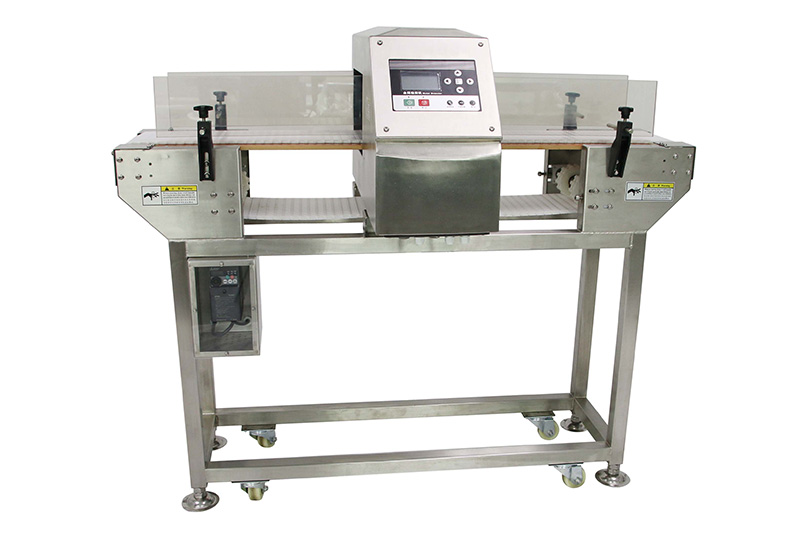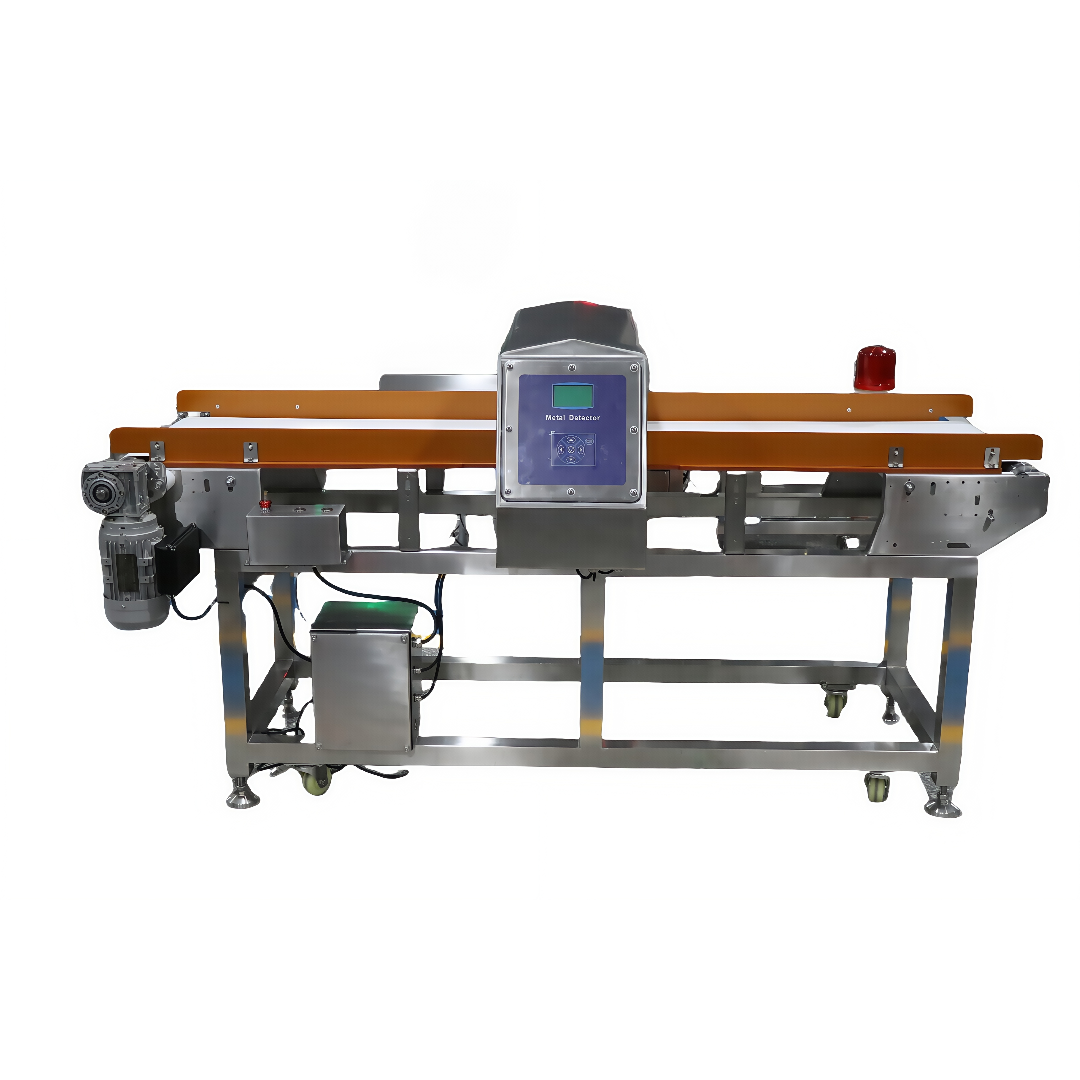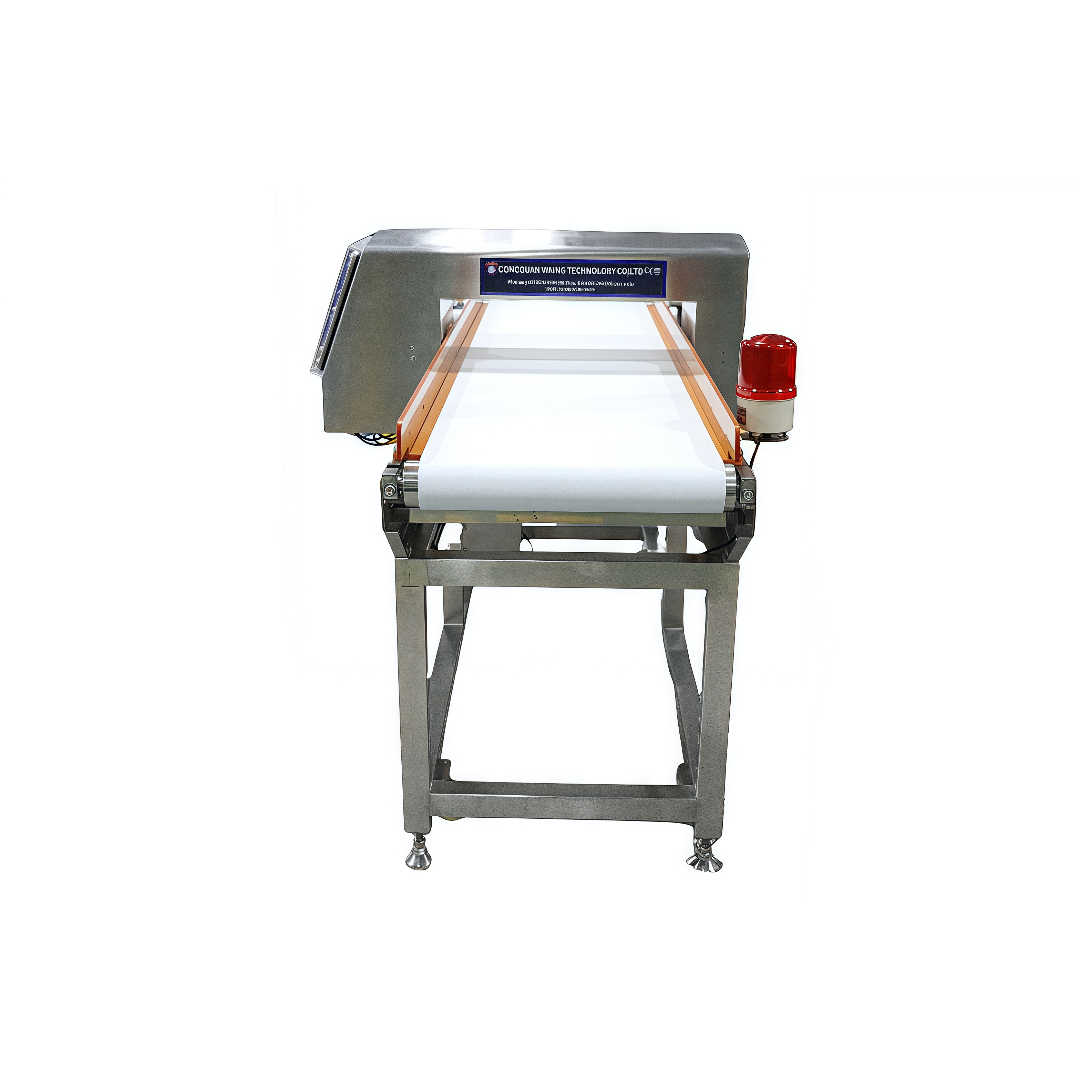The definition of frozen food
Frozen food refers to food items that have been subjected to a process of freezing to preserve them for a longer duration. Freezing is a method of food preservation that involves reducing the temperature of the food to below its freezing point, typically around -18 degrees Celsius (0 degrees Fahrenheit) or lower. This process slows down the growth of microorganisms, enzymes, and chemical reactions that can cause food spoilage.
Here are key characteristics and aspects related to frozen food:
## Characteristics of Frozen Food:
### 1. **Temperature:**
- **Storage Temperature:** Frozen foods are kept at temperatures low enough to halt the growth of bacteria, yeasts, and molds, preserving the quality and safety of the food.
- **Freezing Point:** The freezing point for most frozen foods is below 0 degrees Celsius (32 degrees Fahrenheit), ensuring that water content is in a solid state.
### 2. **Long Shelf Life:**
- **Preservation:** Freezing helps extend the shelf life of food items by preventing the deterioration that occurs at higher temperatures.
- **Reduced Spoilage:** Since the growth of microorganisms is inhibited, frozen foods can be stored for an extended period without significant quality loss.
### 3. **Texture and Nutrient Retention:**
- **Maintained Quality:** Proper freezing techniques help retain the texture, flavor, and nutritional content of the food.
- **Minimal Deterioration:** Compared to some other preservation methods, freezing is known for causing minimal changes to the sensory attributes of food.
### 4. **Wide Variety:**
- **Diverse Food Types:** Virtually any type of food can be frozen, including fruits, vegetables, meats, seafood, baked goods, and prepared meals.
## Common Examples of Frozen Foods:
### 1. **Frozen Vegetables:**
- **Peas, Corn, Broccoli, Spinach:** These vegetables are commonly available in frozen form, offering convenience and maintaining nutritional value.
### 2. **Frozen Fruits:**
- **Berries, Mango, Pineapple:** Fruits are often frozen at their peak ripeness, preserving their taste and nutritional content.
### 3. **Frozen Meats and Seafood:**
- **Chicken, Beef, Fish Fillets:** Various cuts of meat and seafood are frozen to maintain freshness and prevent spoilage.
### 4. **Frozen Prepared Meals:**
- **Frozen Pizzas, Dinners, Entrees:** Convenience foods that are fully or partially prepared and frozen for quick and easy consumption.
### 5. **Ice Cream and Frozen Desserts:**
- **Ice Cream, Sorbet, Frozen Yogurt:** Sweet treats that rely on freezing to achieve their desirable texture.
### 6. **Frozen Baked Goods:**
- **Breads, Pastries, Pizza Dough:** Baked goods can be frozen for preservation, allowing consumers to bake or reheat as needed.
### 7. **Frozen Snacks:**
- **Frozen French Fries, Mozzarella Sticks, Spring Rolls:** Snack items that are pre-fried or baked and then frozen for convenient cooking.
## Advantages of Frozen Food:
### 1. **Extended Shelf Life:**
- Frozen foods can be stored for longer periods compared to fresh foods, reducing the frequency of shopping trips.
### 2. **Convenience:**
- Ready-to-cook or ready-to-eat frozen meals offer convenience, requiring minimal preparation time.
### 3. **Seasonal Availability:**
- Frozen fruits and vegetables allow consumers to enjoy seasonal produce year-round.
### 4. **Minimized Food Waste:**
- Freezing helps reduce food waste by preventing spoilage and allowing consumers to use only the needed portion of a larger package.
### 5. **Nutrient Retention:**
- Properly frozen foods can retain their nutritional value, providing a convenient source of essential nutrients.
In summary, frozen food is a category of preserved food items that have undergone the freezing process to extend their shelf life, maintain quality, and offer consumers a convenient and versatile option for meal planning.
❄️ Definition of Frozen Food
Frozen food is any type of food that has been subjected to freezing and stored at low temperatures (typically at or below –18 °C / 0 °F) to preserve its quality, safety, and shelf life.
Freezing slows down microbial growth, enzymatic activity, and chemical changes that cause food spoilage, allowing products to be stored and transported for longer periods while maintaining nutritional value, texture, and flavor.
🔹 Key Points in the Definition
Process: Food is rapidly cooled and frozen, often using blast freezing, cryogenic freezing (liquid nitrogen/CO₂), or plate freezing.
Temperature: International standards (Codex Alimentarius, FDA, EU) define frozen storage at –18 °C or lower.
Purpose: Extends shelf life, keeps food safe, and reduces waste.
Examples: Frozen vegetables, fruits, seafood, meat, poultry, bakery items, ready-to-eat meals, dairy desserts (ice cream).
🔹 Industry / Regulatory Definitions
Codex Alimentarius: Frozen food is food maintained at a temperature low enough to preserve its quality and safety after freezing.
FDA (U.S.): Defines frozen foods as products intended to be consumed in frozen form or after heating, stored at –18 °C (0 °F) or lower.
EU Regulation: States that quick-frozen foods are products rapidly frozen to pass quickly through the maximum crystallization zone and preserved at –18 °C or colder.




